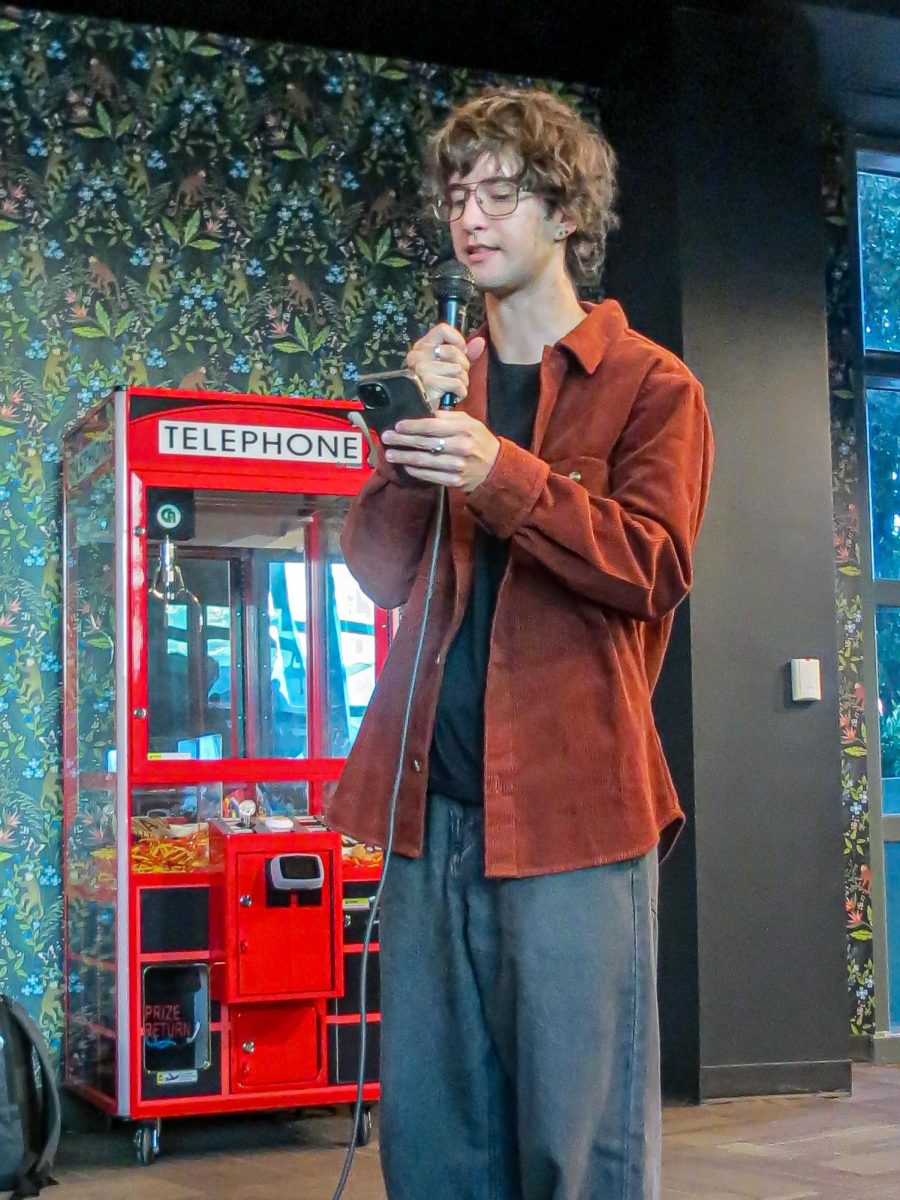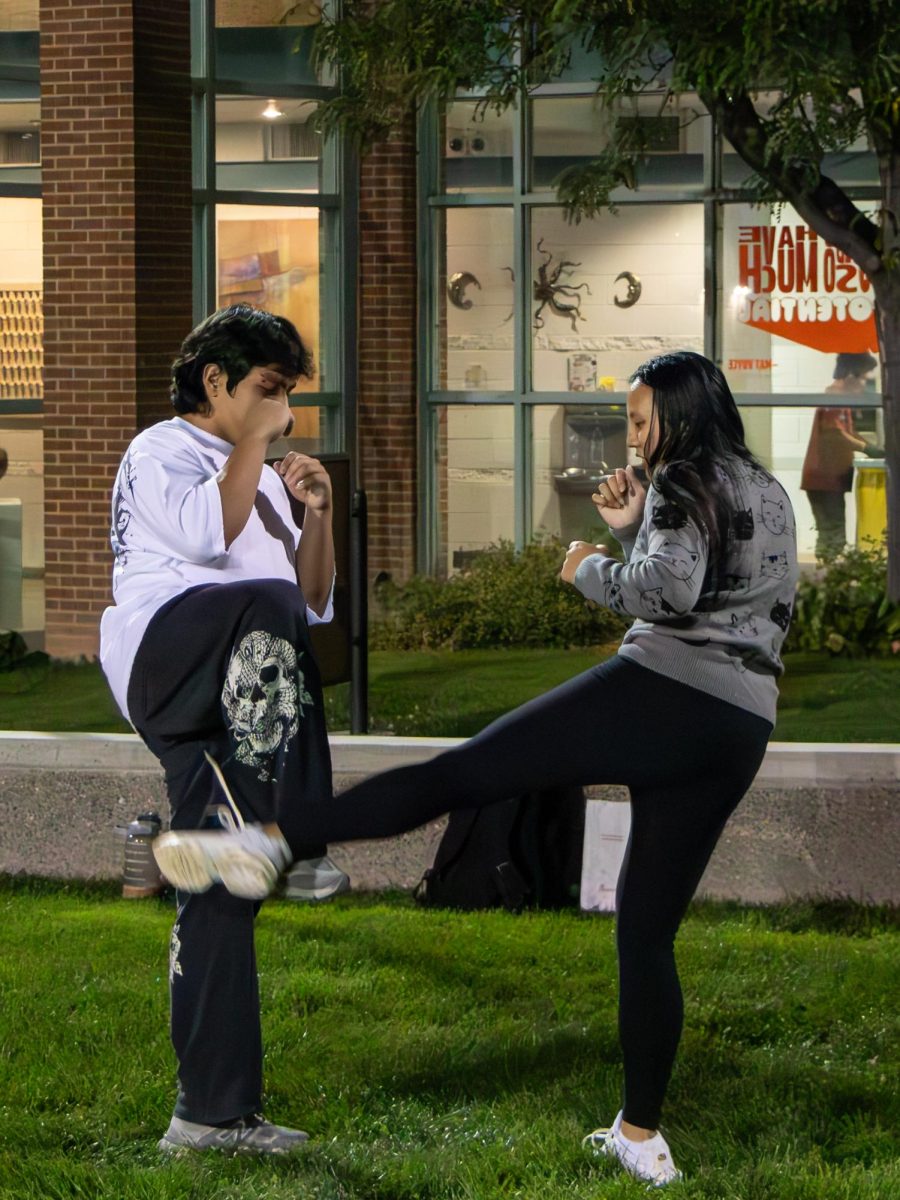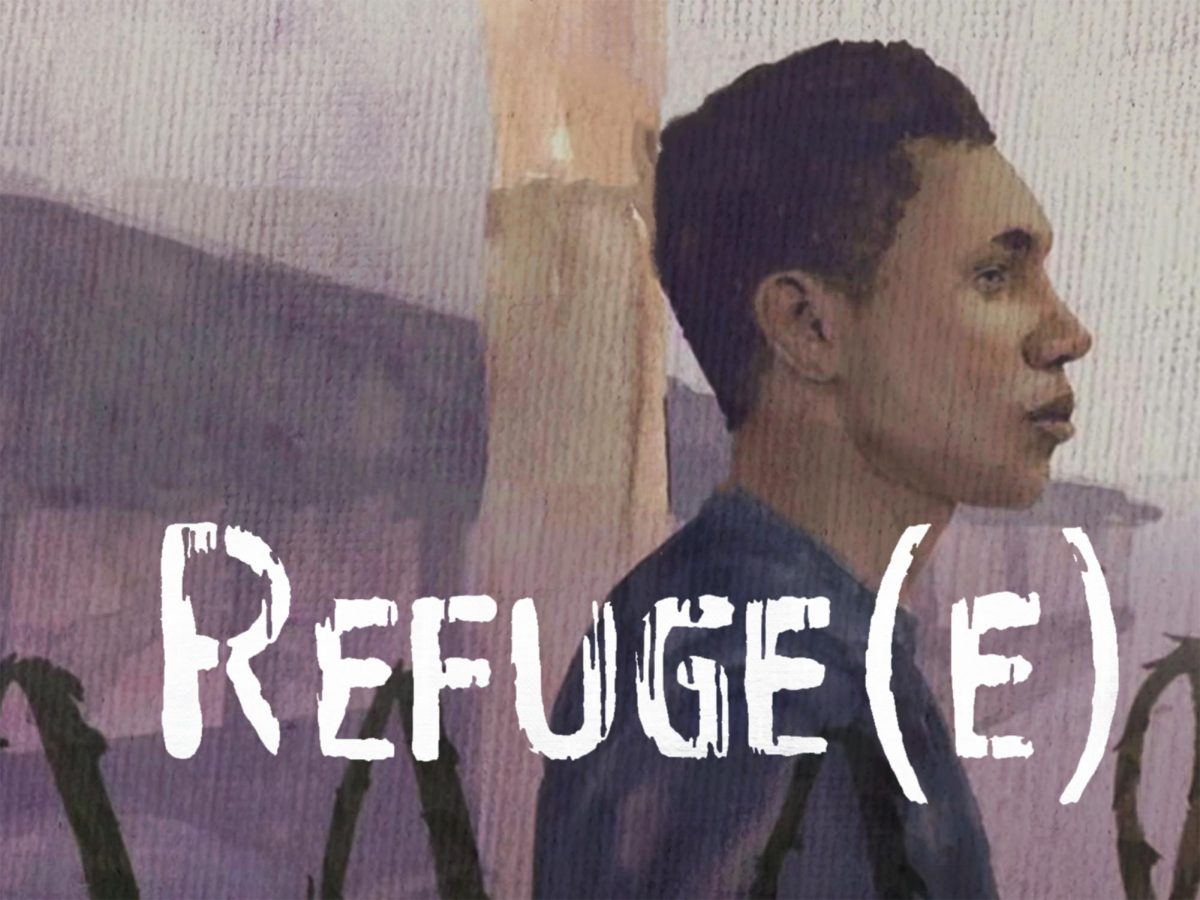With over 7 billion people in the world, individuality has become more and more scarce. With major retailers selling the same exact clothes worldwide, it’s more than easy to end up looking just like everybody else. Generation Z came up with a solution for this.
“I do a lot of thrifting, and I care about my style and how I look quite a bit,” Colorado Mesa University (CMU) pre-nursing freshman Alec Thudium said. “I definitely put quite a bit of effort into thinking what I’m going to wear everyday.”
Thrift shopping has become a rising trend among many Generation Z-ers looking to make a change for themselves, as well as upcycling.
“I like to upcycle a lot,” CMU music education freshman Angelo Lovato said. “Which is buying things from thrift shops and doing what you want to make it your own style.”
A major advantage of thrift shopping that can be very important for college students especially is how thrift shopping works with your budget.
“[Thrift shopping is] cheap, and I can find good things,” Thudium said. “A lot of people take it out as an option because they think it’s hard to find things that are cool, but the style that I have gotten into is typically one that I find at thrift stores.”

Tyler Capra for The Criterion
In addition to this, thrift shopping and upcycling trends can help reduce individual waste in the environment.
“[The clothes are] your own, and it’s not like you’re buying brand new things and destroying them,” Lovato said. “It adds a new chapter to them.”
As important as the environment is to our generation, many people get into thrifting for other reasons and end up helping the environment anyhow.
“While I don’t intend to go thrifting for the idea of saving the environment, that’s just a side effect of it,” Thudium said.
Although thrift shopping and upcycling does not necessarily mean the clothing itself or how it was made is eco friendly, the recycling concept plays a major part into reducing waste.
“It’s a lot harder [to buy eco-friendly] when you’re upcycling, but what I do like about it is that you’re recycling other peoples’ clothes,” Lovato said. “It’s not like it’s going straight into a dumpster.”
A final factor into the sensationalization of thrifting and upcycling in Generation Z is the respect and confidence that customized clothing often brings its wearer.
“There are a lot of people who compliment how I dress now, and I feel like there’s a slight bit more respect than I used to get, because when I was younger-we’re talking junior high or maybe elementary-I didn’t really care about what I wore,” Thudium said.
Not only does this boost the average person’s social clout to an extent, but also encourages one to be true to themselves by picking what interests them, and wearing it with confidence.
“I say, it’s just being yourself and having confidence in what you want to look like, tying what you look like into your personality,” Lovato said.
With Generation Z existing in a world of 7.8 billion people, uniform clothing brands and social media that will show you anything and anyone, confidence can certainly fall short. This shortcoming, however, can easily be aided by upcycling and thrifting.
“I think that a lot of confidence can come from what you wear,” Thudium said. “So I think that those who don’t have a lot of confidence. I would say try different styles, see how they make you feel. I actually have a friend who I helped try on some different types of clothes that he normally wouldn’t wear, and he told me that he felt a lot more confident wearing them and that he enjoyed them quite a bit.”








